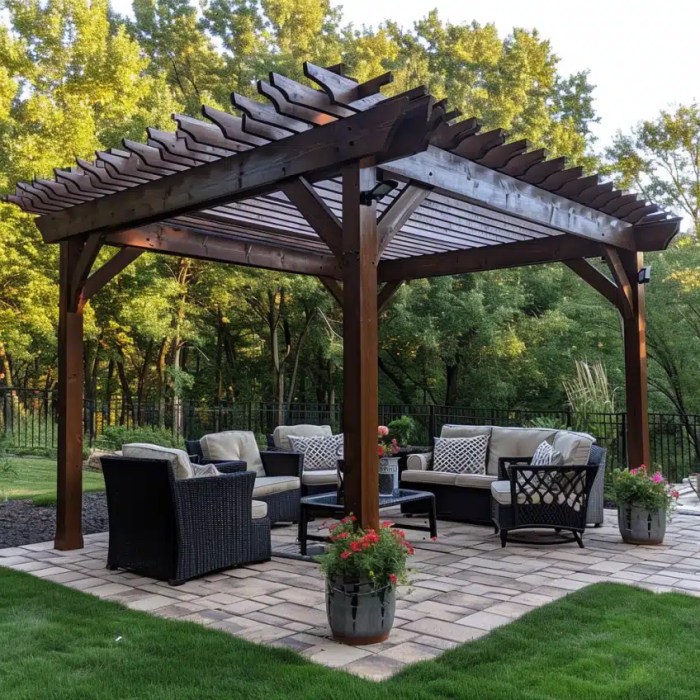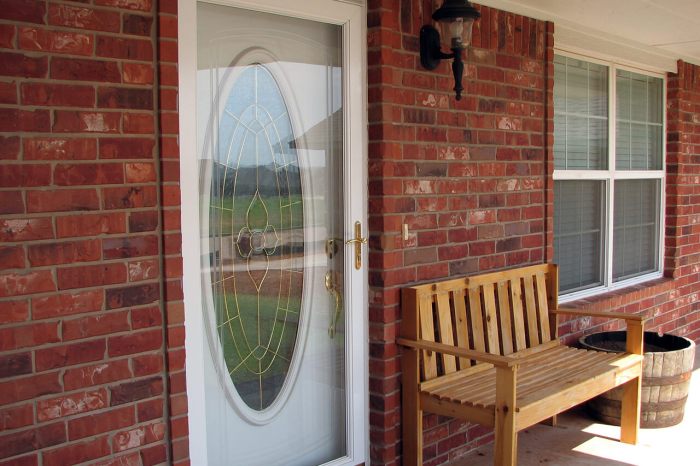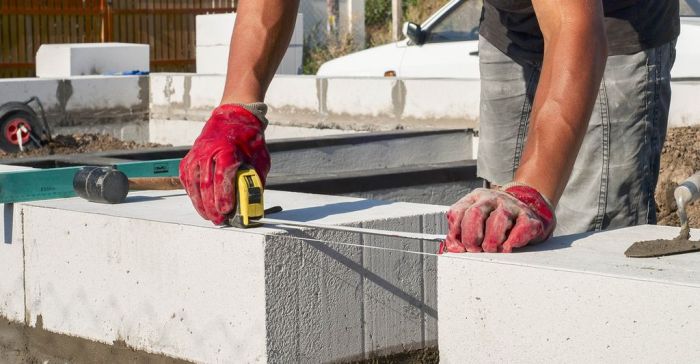Blending Traditional and Futuristic Interior Aesthetics: A Harmonious Fusion of Timeless Elegance and Modern Innovation
Step into a world where traditional charm meets futuristic allure in the realm of interior design. This captivating blend of classic sophistication and cutting-edge creativity promises a unique visual experience that transcends boundaries. Get ready to explore the art of merging two distinct styles seamlessly.
Delve into the essence of traditional and futuristic interior aesthetics, and uncover the secrets behind their harmonious coexistence within the same space.
Introduction to Traditional and Futuristic Interior Aesthetics
Traditional interior aesthetics refer to design styles that are inspired by the past, often incorporating classic elements, rich textures, and ornate details. These styles typically evoke a sense of warmth, familiarity, and timelessness.
Futuristic interior aesthetics, on the other hand, are influenced by modern technology, innovative materials, sleek lines, and minimalist design. These styles often focus on creating a sense of cutting-edge sophistication and functionality.
Blending the Two Styles
Blending traditional and futuristic interior aesthetics involves combining elements from both styles to create a unique and balanced design that merges the charm of the past with the innovation of the future. This fusion allows for a harmonious coexistence of classic and contemporary features, resulting in a space that is both inviting and forward-thinking.
Characteristics of Traditional Interior Aesthetics
Traditional interior aesthetics are characterized by ornate furniture, rich colors, and a focus on timeless elegance. These design elements bring a sense of warmth and coziness to a space, creating a welcoming atmosphere for occupants.
Use of Natural Materials
Traditional interior aesthetics often incorporate natural materials like wood and stone. These materials add a sense of authenticity and connection to nature, enhancing the overall feel of the space. Wood is commonly used for furniture, flooring, and decorative accents, while stone can be seen in features like fireplaces and countertops.
Examples from Different Cultures
Traditional interior design varies across different cultures, each with its own unique characteristics and influences. For example, European traditional interiors are known for their luxurious fabrics, intricate patterns, and elegant furniture pieces. In contrast, Asian traditional interiors often feature simplicity, minimalism, and a harmonious balance of elements like wood, bamboo, and paper.
Characteristics of Futuristic Interior Aesthetics
Futuristic interior aesthetics are characterized by a blend of modern elements and innovative design concepts that create a sleek and cutting-edge look. This style often incorporates minimalist furniture, clean lines, and a focus on functionality and simplicity. Let's delve into the key characteristics that define futuristic interior aesthetics.
Minimalist Furniture and Sleek Lines
In futuristic interior design, furniture pieces are often minimalistic in style, featuring clean lines and geometric shapes. These pieces are usually sleek and streamlined, prioritizing simplicity and functionality over ornate details. The use of materials like glass, metal, and acrylic further enhances the futuristic look, creating a sense of sophistication and elegance.
Incorporation of Technology
One of the defining features of futuristic interior aesthetics is the seamless integration of technology into the design. Smart home systems, interactive displays, and innovative lighting solutions are often incorporated to enhance the overall functionality and futuristic appeal of the space.
This integration of technology not only adds a modern touch but also elevates the user experience by creating a more connected and efficient environment.
Inspired by Sci-Fi Concepts
Futuristic interior design draws inspiration from sci-fi concepts and futuristic visions of technology and innovation. Spaces may feature elements like futuristic lighting fixtures, space-age materials, and avant-garde furniture designs that transport occupants to a world of possibilities. Whether it's a spaceship-inspired lounge or a high-tech home office, these design elements help create a futuristic ambiance that is both visually striking and conceptually captivating.
Blending Traditional and Futuristic Aesthetics in Interior Design

When it comes to blending traditional and futuristic aesthetics in interior design, the key lies in finding the right balance between the two styles. By combining elements from both traditional and futuristic design approaches, you can create a unique and harmonious space that is both timeless and modern.
Tips for Harmoniously Combining Traditional and Futuristic Elements
Successfully blending traditional and futuristic aesthetics requires careful consideration and planning. Here are some tips to help you achieve a cohesive look:
- Start with a neutral base: Begin by establishing a neutral color palette as the foundation for your design. Neutrals provide a versatile backdrop that allows traditional and futuristic elements to shine.
- Mix materials and textures: Incorporate a variety of materials and textures in your design to add depth and visual interest. Combine traditional materials like wood and stone with sleek, futuristic finishes like glass and metal.
- Focus on key pieces: Select a few statement pieces that seamlessly blend traditional and futuristic styles to serve as focal points in the room. These pieces can tie the space together and create a cohesive look.
- Integrate technology thoughtfully: Embrace modern technology in your design, but do so in a way that enhances the space without overpowering the traditional elements. Conceal tech gadgets when possible to maintain a timeless aesthetic.
Importance of Balancing Traditional and Futuristic Aesthetics
Balancing traditional and futuristic aesthetics is crucial for creating a harmonious interior design. A well-balanced space ensures that neither style overwhelms the other, resulting in a cohesive and visually appealing environment.
Examples of Successful Interior Designs Blending Traditional and Futuristic Styles
Several interior designers have masterfully blended traditional and futuristic aesthetics to create stunning spaces. One notable example is a living room that combines classic furniture pieces with modern lighting fixtures and technology integration. Another example is a kitchen design that marries traditional cabinetry with sleek, futuristic appliances for a striking contrast.
Final Conclusion
As we conclude this journey through the realms of traditional and futuristic interior aesthetics, one thing remains clear: the magic truly happens when the past and the future merge in perfect harmony. Embrace the beauty of blending two worlds, and let your living spaces reflect the best of both eras.
Helpful Answers
How can I successfully blend traditional and futuristic elements in my home?
To achieve a cohesive look, start by selecting a color palette that complements both styles. Mix classic furniture pieces with modern accents to create a balanced environment.
What are some examples of traditional interior design from different cultures?
Traditional Chinese interiors often feature intricate wooden carvings and silk fabrics, while Moroccan design includes vibrant colors and ornate patterns.
Is it necessary to incorporate technology in futuristic interior designs?
While technology can enhance the futuristic vibe, it's not mandatory. Focus on sleek lines, innovative materials, and minimalist elements to achieve a futuristic look.


